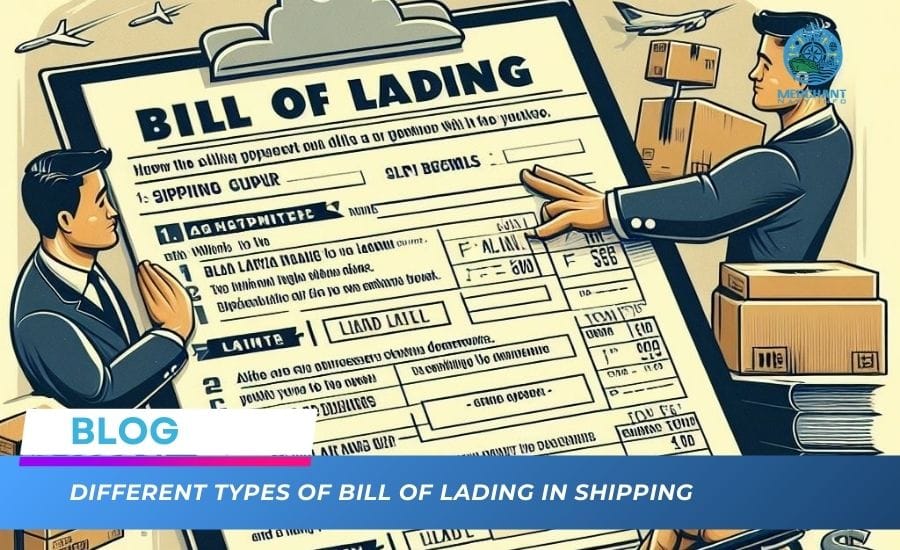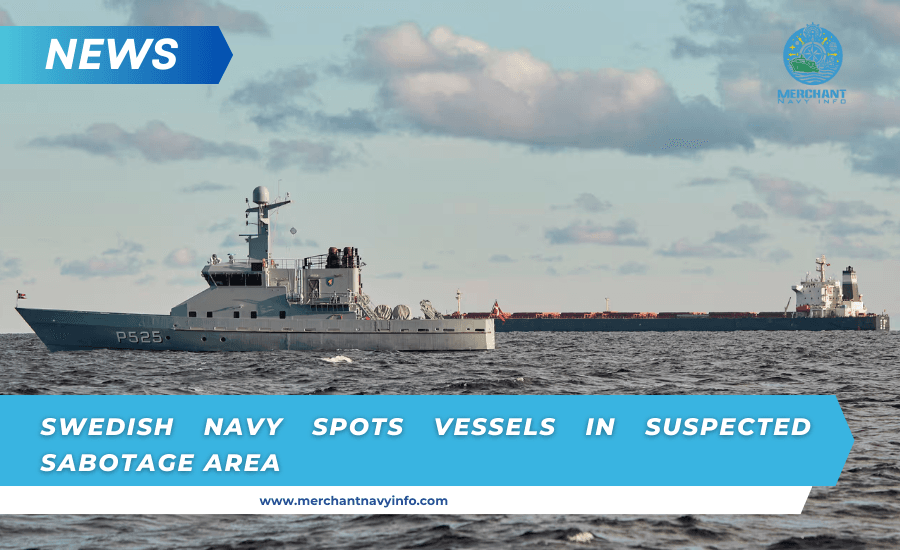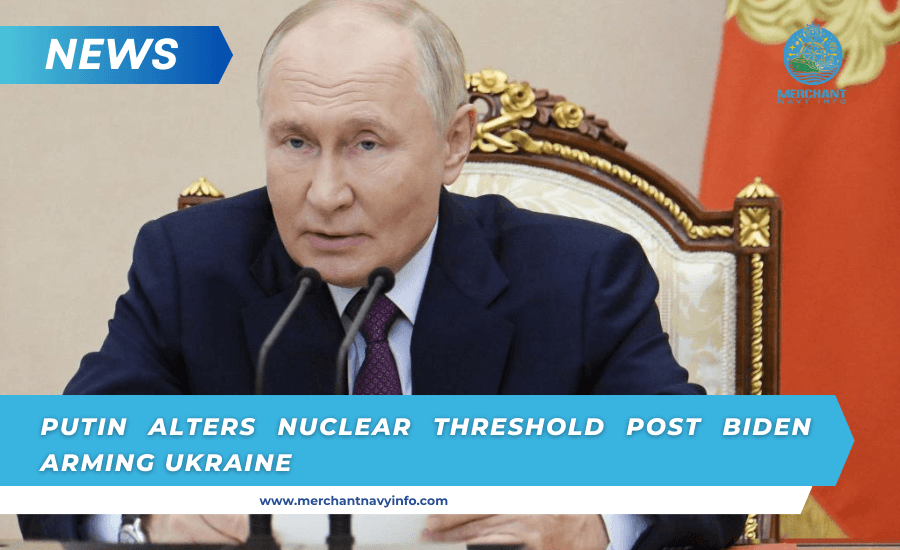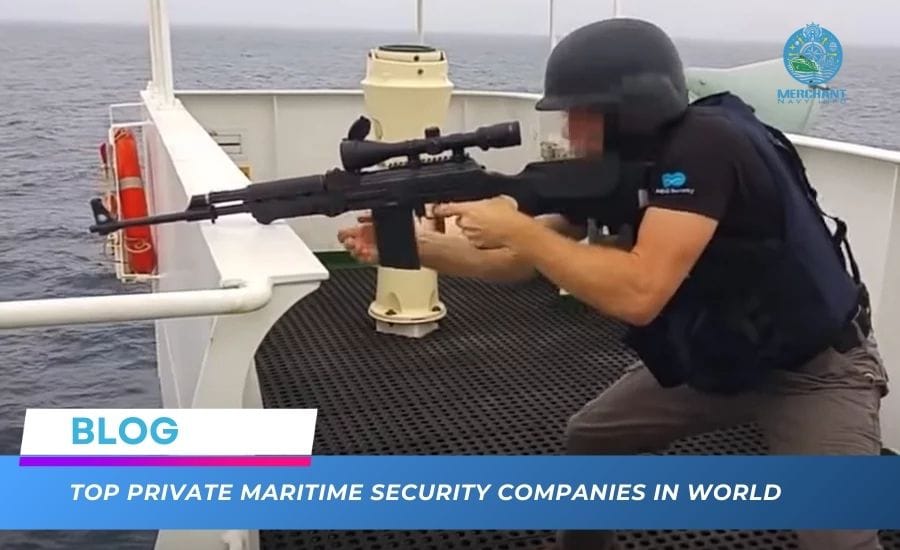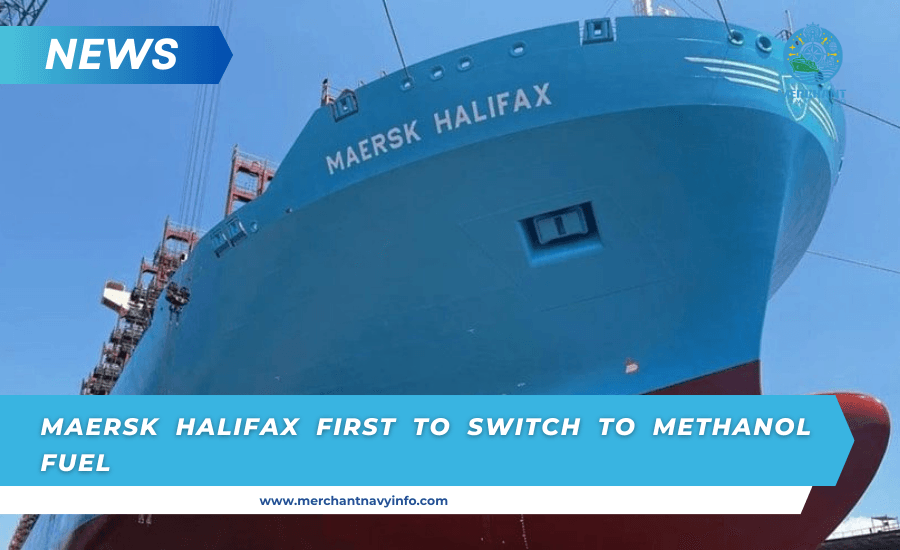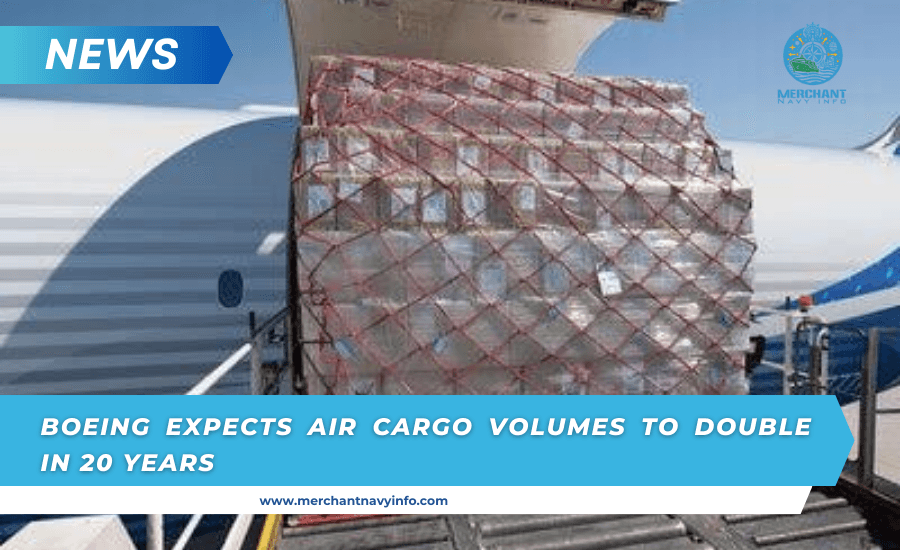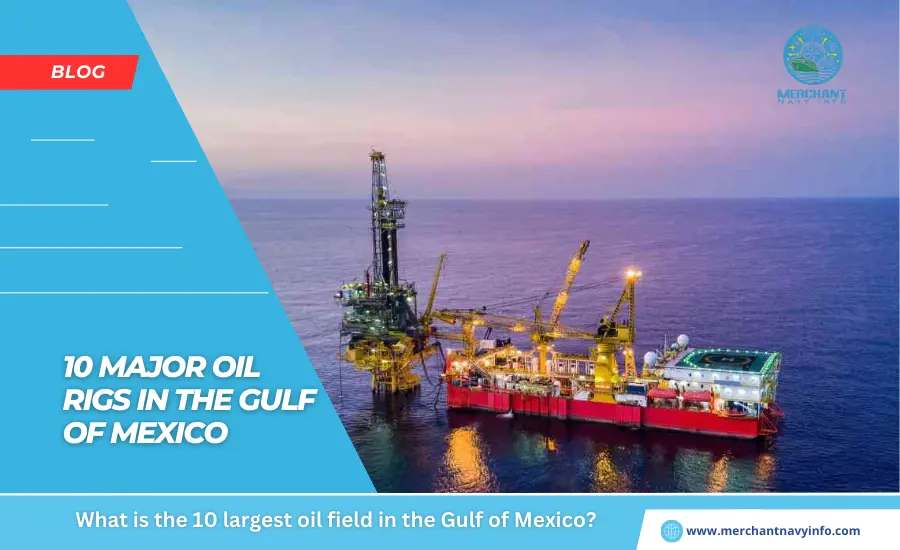
The Gulf of Mexico is located near the southern coast of the United States. And is also often referred to as the “Third Coast” of the United States. The Straits of Florida connect it to the Atlantic Ocean, and the Yucatan Canal connects it to the Caribbean Sea. The Gulf of Mexico reserves contain an estimated 3.44 billion barrels of oil and 5.7 trillion cubic feet of the natural gas. That can be recovered from 459 operating oil and gas fields in the region. Offshore oil production in the known Gulf of Mexico accounts. For 15% of the total crude oil production in the United States. Additionally, offshore natural gas production in the oil rigs in gulf of mexico accounts for 5% of the country’s total dry production.
There are hundreds of oil rigs and platforms operating in the Gulf of Mexico. The largest are operated by major companies such as Chevron Corporation, Shell PLC, ExxonMobil Corporation, and BP PLC. But when have oil rigs in gulf of mexico been established? Since the 1940s, there have been oil platforms in the Gulf of Mexico. Over time, they became more elaborate, complex, modern, and also versatile buildings. The first oil rigs were small and also used to extract oil from marine resources.
Explore The 10 Largest Oil Rigs In Gulf Of Mexico
1. Petronius Oil Platform
Petronius is one of the largest oil rigs in gulf of mexico. Operated by Chevron and located 210 km southeast of New Orleans, USA. It is also one of the tallest free-standing structures in the world. This compliant drilling rig was built between 1997 and 2000. It weighs approximately 47,399 tons and operates at a depth of 1,754 feet. Her tower design allows the rig to sway with the current rather than resisting the movement. It is 6001 feet tall and has a multi-story upper deck that houses vital equipment. Worker quarters, pipelines, operating rooms, and also the drilling rig.
2. Perdido Savings Platform
Perdido is the deepest savings platform in the world and the second deepest oil and gas production platform after Shell’s Stones Development. It is operated by Shell and has been operational since 2010. It contains a girder platform anchored in 2450 meters of water depth and serves as the production center for the Great White, Silvertip, and Tobago deepwater fields. The transport platform has a cylindrical girder hull 170 meters long and weighing 22,000 tonnes, designed to withstand the strongest storms. The economic vessel was built in Pori, Finland, and shipped to the Gulf of Mexico via the Baltic Sea in 2008. The Perdido has three upper decks, the size of two football fields. It houses an oil and gas production unit, living quarters for 170 people, and an oil rig.
3. Olympus Tlp
Olympus, a tension leg platform, or TLP, is located one mile or 1.6 km from the Mars platform. This Shell-owned structure is the largest deepwater floating platform in the oil rigs in gulf of mexico from the Mars field. The platform was installed to extend the productive life of the deepwater field to 2050 and beyond. The platform includes processing facilities that will also enable production from the nearby Boreas and South Deimos fields. The hull of the platform was completed in 2012 and shipped from a Korean construction shipyard to Ingleside, Texas, in 2013 on a semi-submersible heavy lift vessel named Blue Marlin. The project involved 25,000 people at the height of construction, and the first oil was produced in January 2014.
4. Atlantis Platform
The deepest anchored oil and gas floating structure at the time of its construction, Atlantis, is located 305 km south of New Orleans. It is a semi-submersible production platform supported by a special mobile offshore drilling unit. The field is located at a depth of 2,150 meters and consists of five blocks ranging in depth from 4,400 feet to 7,100 feet. It was scheduled to start operations in 2006, but construction was delayed due to hurricanes and other adverse events. However, the first oil was not produced from the platform until 2007. Initial production capacity was approximately 10,000 barrels per day, peaking in 2008 at 200,000 barrels of oil and also 180 million cubic feet of gas per day.
5. Shenzi Platform
The Shenzi platform is located in the Green Canyon salient of the Gulf of Mexico, 195 km off the coast of Louisiana. This self-contained tension-leg platform is installed in 4,000 feet (1,310 m) of water and produces oil and gas at a daily capacity of 100,000 barrels and 50 million cubic feet. The topsides of the Shenzi platform were manufactured by Kiewit Offshore, and the hull was by Samsung. The top side spans three decks and is supported by a four-column hull. The field was discovered in 2002, and the first oil and natural gas was extracted from the facility in 2009. Currently, Shenzhen has 17 wells, two of which are in development.
6. Magnolia ETLP
The Magnolia is an ETLP (Extended Tension Leg Platform) and offshore ooil rigs in gulf of mexico. Its height from seabed to crest is 4698 feet. Therefore, many consider it to be the tallest structure in the world. It is the deepest ETLP in the world, surpassing Marco Polo by 120 meters. However, in 2018, the Bigfoot ETLP surpassed Magnolia at 5,180 feet in height. The Magnolia field is located 290 km south of Cameron, Louisiana, in the Gulf of Mexico. The main function of the platform is to produce oil from five wells. It has a production capacity of 50,000 barrels of oil and also 150 million cubic feet of natural gas. However, 5,000 barrels are currently produced daily. Subsea pipelines transport the oil to the Shell Enchilada Platform, a processing and also shipping hub.
7. Baldpate Oil Platform
Located in the Garden Banks area in the Gulf of Mexico, overall 110 miles off the coast of Louisiana, the Baldpate Oil Platform was the first free-standing offshore tower in history. The Baldpate Platform is the second tallest structure ever erected underwater after the Petronius Oil Platform. This 579.7-metre high structure was designed and built by Hudson Engineering (now J Ray McDermott Engineering of Texas) and installed in place by Heerema Marine Contractors. Owned and operated by Hess Corporation, the platform’s compliant towers are also more flexible than fixed truss towers. Baldpate is designed to move sideways up to 10 feet in heavy seas and also storms. The platform was built in several sections that were later assembled at its final destination.
8. Mad Dog Spar Platform
The Mad Dog field is located in the Green Canyon Block of the West Atwater Fold Belt in the Gulf of Mexico, 310 km south of New Orleans, in water depths between 1500 m and 2100 m. It was discovered in 1998 and began operations in 2005. The field is owned by BP, Chevron, and BHP. The field’s reserves are estimated at between 200 and 450 million barrels, with a production capacity of about 100,000 barrels per day and 60 million cubic feet of natural gas.
The Mad Dog Spar platform is constructed in Finland. The hull is 169 meters long and 39 meters in diameter and contains 13 production sites and accommodation for 126 people. Oil from the platform is transported via the Caesar Pipeline to Ship Shaft 332B, and also natural gas is transported via the Cleopatra Pipeline.
9. Thunder Horse Platform
The Thunder Horse field is located in the Gulf of Mexico, 240 miles from New Orleans, Louisiana. It has significant reserves, and new oil deposits were only discovered in 2019. BP plc and ExxonMobil are participating in the development. Thunder Horse is the largest offshore production facility in the Gulf of Mexico, with a capacity to process 250,000 barrels of oil and also 200 million cubic feet of gas per day.
The structure is also the world’s largest fixed semi-submersible oil platform, located at a depth of 1920 m. The hull was built by DSME of South Korea and delivered to the installation site in 2004. It was evacuated due to Hurricane Dennis in 2005. The platform was listed after the hurricane. However, no damage or leaks were found in the hull. Instead, water entered through the pipes, causing the structure to tilt underwater. After necessary repairs were completed, it was re-erected a few days after the hurricane.
10. Mars Tlp Platform
The Mars Tension Leg Platform is used for offshore drilling and oil and gas production, operating in the Mississippi Canyon field in the Gulf of Mexico, producing the first oil in 1996. is owned by Shell Oil Company and BP, with Shell being the majority owner and operator of the structure. Is located in a water depth of 896 meters and is expected to produce approximately 220,000 barrels of oil and also 220 million cubic feet of gas per day. Shell began development of the Mars platform in 1993 with a TLP that it designed and built in-house. The TLP was deployed three years later in 2,490 feet of water, making it the deepest structure of its kind measured from base to tip at the time.


